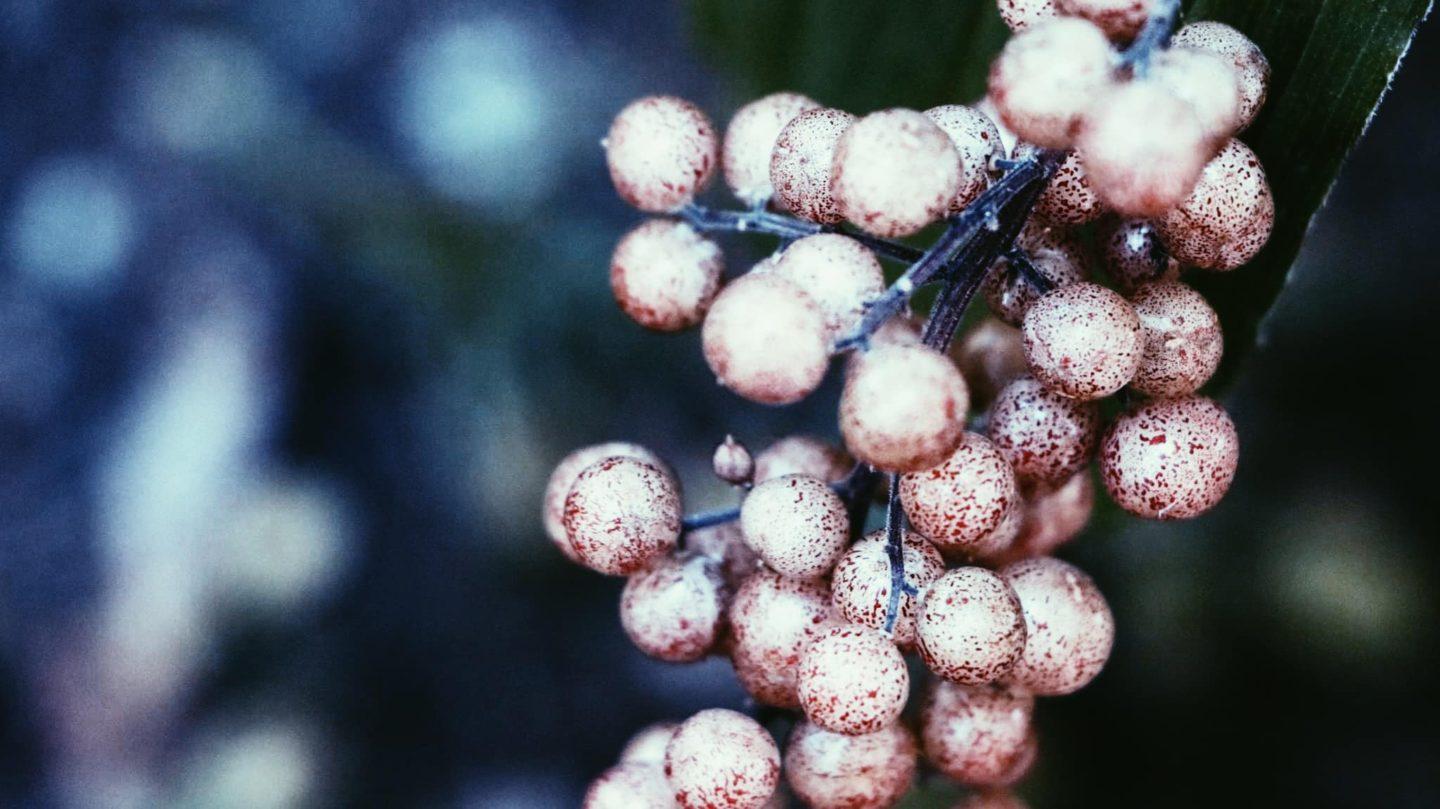#asymmetry #geometry #LSFframework #apple #universe
Are you fascinated by the mysteries of the universe? Do you want to dive deeper into the fundamental principles that govern the structure and patterns of the universe? If so, then the The Interconnectedness of Symbolism, Geometry, and Asymmetry in the Universe upcoming paper is a must-read for you!
In this paper – scheduled to publish April 1st – we explore the correlation between Michael Leyton’s theory of asymmetry and geometry, the LSF (Light, Sound, Form) framework, and the symbolism of the apple. Leyton’s theory proposes that the universe is built on a fundamental asymmetry resulting from the Big Bang, and the structures and patterns in the universe are the result of fundamental geometric principles intrinsic to the universe.
The LSF framework suggests that the split between light and dark is the foundation of the physical realm, with the apple symbolizing this split. The apple is a metaphor for the cycle of birth and rebirth and is highly valued for its practical uses and spiritual significance in various cultures.
This paper uncovers the correlation between Leyton’s theory and the apple symbolism, lying in the fundamental asymmetry that governs the physical laws and structures of the universe. Leyton’s theory suggests that the structures and patterns in the universe, including those associated with the apple, are the result of the asymmetrical interactions between matter and energy that occurred during the Big Bang.
By reading this paper, you will gain a deeper understanding of the interconnectedness of all things in the universe, and the role that symbolism, geometry, and asymmetry play in shaping the structures and patterns of the universe. You will also learn about future research directions for exploring the relationship between symbolism, geometry, and asymmetry in the universe.
Join us on this exciting journey of discovery as we explore the mysteries of the universe and uncover the fundamental principles that govern its structure and patterns. Read this paper today and take your first step into the fascinating world of asymmetry, geometry, and symbolism in the universe!






















